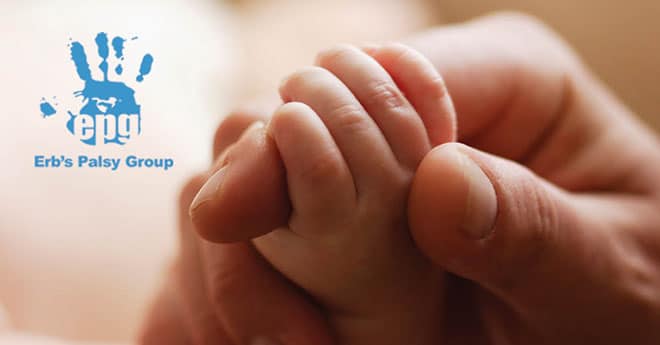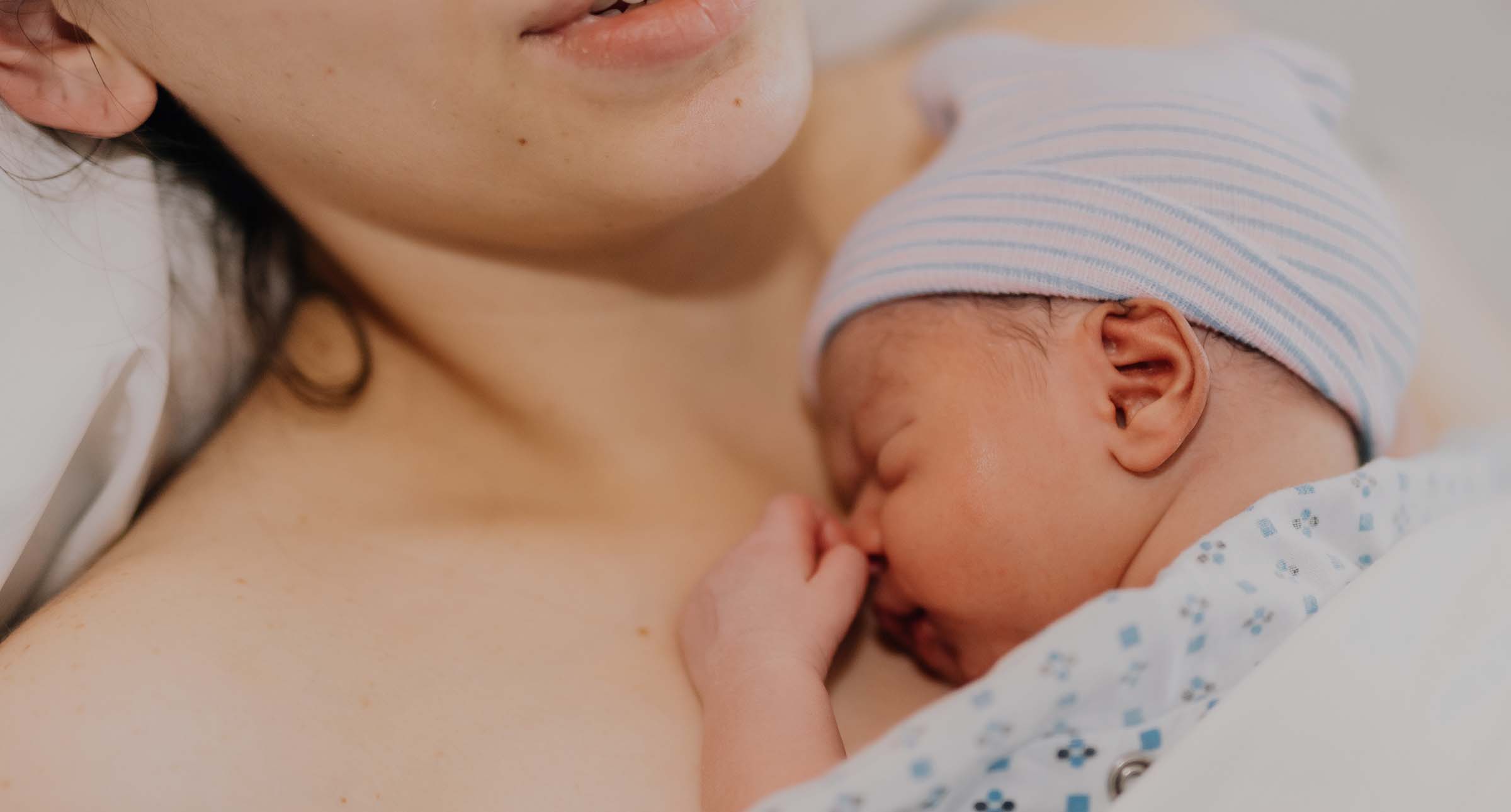We need to stop treating maternal injuries as ‘just a part’ of shoulder dystocia

Erb’s Palsy is an injury caused during birth that involves damage to the nerves around the babies neck and shoulder. Caused by something known as shoulder dystocia, this can result in a loss of mobility to an affected arm. It can however, also cause significant injury to the mother.
Maternal injuries do not have to be just a part of childbirth and should never been seen as ‘one of those things’. There are ways to minimise the risks generally and also very specifically against shoulder dystocia. If severe damage has been inflicted, there is the possibility that the process has been handled incorrectly by the attending staff.
It is topics like this that we will be answering with confidentiality and in complete private, during our free online clinic.
Why would shoulder dystocia cause injuries to the mother?
Shoulder dystocia is a medical emergency and the most serious complication associated with it is Erb’s Palsy. The Royal College of Obstetricians and Gynaecologists define shoulder dystocia in their patient leaflet as;
“When the baby’s head has been born but one of the shoulders becomes stuck behind the mother’s pubic bone, delaying the birth of the baby’s body. If this happens, extra help is usually needed to release the baby’s shoulder. In the majority of cases, the baby will be born promptly and safely.”
However, in some cases, or when handled incorrectly shoulder dystocia can affect the mother as well as the child. This can lead to potentially severe injuries – most commonly maternal tears.
What are Maternal Tears?
Maternal tears are a common feature of childbirth, and are caused by the baby stretching the walls of the vagina. Most tears occur towards or in the perineum; the area between the base of the vagina and the anus (back passage). Tears are graded by severity, as follows:
First degree tears:
Typically small, skin-deep tears. These will usually heal unaided although a midwife may pop a stitch in to aid healing.
Second degree tears:
These are deeper and involve the muscle. They will usually need stitches.
Third degree tears:
These will involve the muscle controlling the anus (the anal sphincter).
Fourth degree tears:
In these, the tear extends into the lining of the anus or rectum.
Third and fourth degree tears are serious injuries which require surgical treatment and a course of antibiotics. Tears of this magnitude may be associated with complications including anal incontinence (the uncontrolled passage of flatus and faeces). In very severe cases, a colostomy bag can be required in order to allow the anus and rectum to heal.
Factors that can cause a third or fourth degree tear
As all births are different, third or fourth degree tears may occur unexpectedly. However, there are certain risk factors that increase the likelihood of them occurring, including the following:
- Shoulder dystocia;
- Macrosomia (i.e. a big baby – weighing in excess of 4kg/8lb 9oz;
- Use of forceps or ventouse to deliver the baby;
- First vaginal birth;
- Prolonged second stage of labour (this is the time from when the cervix is fully dilated to the point of birth);
- South Asian ethnic origin;
- Previous third or fourth degree tear
Whilst it is often difficult to predict the likelihood of serious maternal injury, the presence of one or more of the above risk factors would be concerning and could suggest that there was a need to consider alternative means of delivery. There is relatively recent case law which suggests that complications and alternative forms of treatment should generally be discussed with patients and this is addressed by the earlier blog of Simon Elliman.
Prevention of third- and fourth-degree tears
Therefore if a woman presents with some of the risk factors outlined above or simply wishes to minimise the risk of a tear there are some simple steps that can be taken. These include:
- The application of a warm compress to the perineum whilst the mother is pushing may reduce the risk of a third- or fourth-degree tear.
- Additionally, either the midwife or the obstetrician may protect the perineum whilst the baby’s head is delivered.
- The clinical staff might also consider discussing the possibility of a caesarean section prior to the birth – a c-section circumvents any risk of a maternal tear (although it can create entirely different risks which would also need to be discussed in full).
- Episiotomies (a cut usually made at an angle relative to the vaginal aperture, so as to preserve the sphincter muscle) may in theory help to prevent a third-or fourth-degree tear, but the evidence-base for this is not compelling.
- For a birth where instruments are used, an experienced obstetrician should normally be present. The presence of more experienced staff is generally associated with fewer complications.
What can be done?
It is important for people to remember that maternal injuries are not just an unavoidable part of childbirth. We should resist thinking of them as ‘one of those things to be tolerated’. As with all medical procedures there are procedures to minimise the risks, and this includes cases involving shoulder dystocia.
Any birth where the risk factors are high for maternal injury needs to be handled carefully. It is vital that the risk of such an injury is explained, managed, and if possible, prevented. If you have been affected by any of the topics discussed then it is important to raise concerns rather than going on in silence. You can always contact us for a free, no obligation chat if you have any questions you want to explore. We are experts in the field of Erb’s Palsy and maternal injuries and understand the condition and its impact on families.
We are also running a free, online clinic where you can log in from home and speak to one of many medical negligence solicitors in complete private - they may be able to advise you if you on whether you are able to claim for Erb's Palsy negligence.
Our medical negligence expertise
Our enquiries team are here to help you if you think you have a claim for medical negligence.
Call now

